1 Overview
ZC.XuanWu upper computer software is used to download application programs and data from the PC to the electronic controller. It supports UDS on CAN, UDS on Eth, UDS on K-Line, and UDS on LIN protocols. It offers customized integration of customer-specific protocols and is widely used in the development, testing, and after-sales service stages of electronic controller products.
ZC.XuanWu program refresh and diagnostic testing tools can be applied in various application scenarios for OEMs and Tier 1 suppliers. Users can conveniently perform program flashing work in laboratories, test vehicles, and actual vehicles.
ZC.XuanWu upper computer software is currently used for program flashing of various electronic controllers:
Ø Body Control Module (BCM)
Ø Air Conditioning Controller
Ø DC/DC Converter
Ø Electric Power Steering Controller
Ø Engine Management System (EMS)
Ø Transmission Control Module (TCM)
Ø Battery Management System (BMS)
Ø Vehicle Control Unit (VCU)
Ø Motor Control Unit (MCU)
Ø Electric Power Steering System (EPS)
Ø Anti-lock Braking System (ABS)
Ø Electronic Stability Program (ESP)
Ø Active Collision Avoidance System (ACC)
Ø Traction Control System (TCS)
Ø Advanced Driver Assistance Systems Controller
2 Eth Flash Introduction
In the trend of the intelligent connected vehicle era, with the rapid development of processor computing power and hardware, many innovations have been rapidly promoted in the automotive environment. The proportion of automotive electronic products in the entire vehicle is also increasing day by day, and the network bandwidth demand for connecting ECUs has correspondingly increased significantly. This demand will far exceed the capacity limit of traditional in-vehicle networks such as CAN. In addition, with the advancement of vehicle networking and intelligence, the application of cloud and big data, and the popularization of advanced driver assistance systems (ADAS), building a new electronic network bus platform has become an inevitable task for the new generation of vehicles.
Traditional vehicle diagnostics typically rely on dedicated diagnostic tools and equipment, which limits remote diagnostics and cross-device compatibility.With the popularization of Internet Protocol (IP), DOIP (Diagnostic over IP), an IP-based diagnostic technology, has emerged. It supports communication through standard networks such as Ethernet and Wi-Fi, enabling faster and more flexible remote diagnostics.
2.1 Physical Layer
100Base-Tx,OBD接口如下:
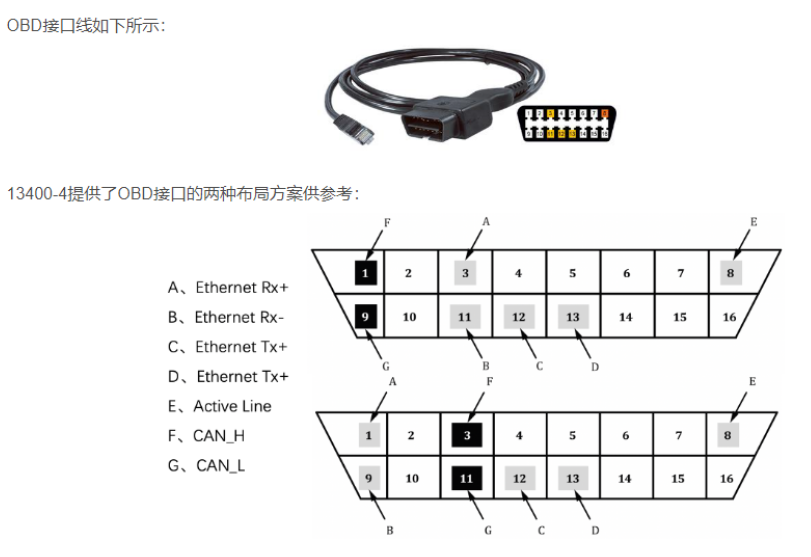
2.2 TCP/UDP Layer
TCP is a reliable transport - layer protocol that ensures data packets are transmitted from the source to the destination accurately and error - free. In DoIP, TCP is used for diagnostic communications that require high reliability, such as ECU programming. TCP establishes a connection through a three - way handshake process to ensure that the communication at both ends is synchronized, and guarantees the order and integrity of data through sequence numbers and acknowledgment mechanisms.
Ø All DoIP entities in the vehicle shall implement TCP.
Ø TCP uses a pair of port numbers to identify connections. The destination port for a TCP connection shall be TCP_DATA.
Ø DoIP entity shall listen on TCP_DATA after creating a socket, which is used to establish communication with external test equipment attempting to connect to the DoIP entity.
Ø External test equipment shall support multiple TCP_DATA sockets. The local port will be automatically selected when creating a socket, and the remote port shall be TCP_DATA.
Unlike TCP, UDP is a connectionless protocol that allows data packets to be sent without establishing a prior connection. This approach reduces overhead, enabling faster communication, but sacrifices reliability. In DoIP, UDP is used for services that do not require acknowledgment, such as vehicle discovery or basic diagnostic requests.
All DoIP entities in the vehicle shall implement UDP.When external devices need to send broadcast or multicast message requests to vehicle IP nodes, since it cannot be achieved due to the limitations of TCP's transmission mechanism, UDP must be used.

2.3 Doip 协议 Doip Protocol:
There are three types of messages in Doip: node management, diagnostic, and node status.
负载类型 | 取值 |
节点管理类 | 0x0000 - 0x0008 |
诊断类 | 0x8001 - 0x8003 |
节点状态类 | 0x4001 - 0x4004 |
预留 | …… |
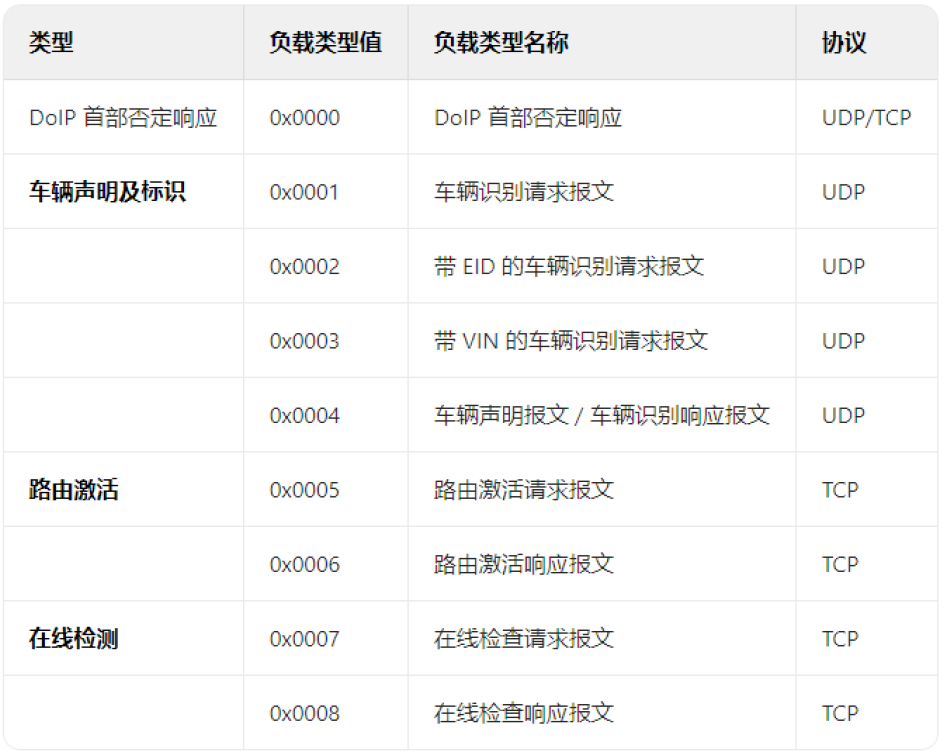
Doip is located at the transport layer in the OSI model, so before sending Doip packets, ETH headers, IP headers, and TCP/UDP headers need to be encapsulated. Doip data is passed down as SDUs layer by layer until a complete Ethernet frame is formed and sent out through the physical layer medium. The encapsulation format is as follows:
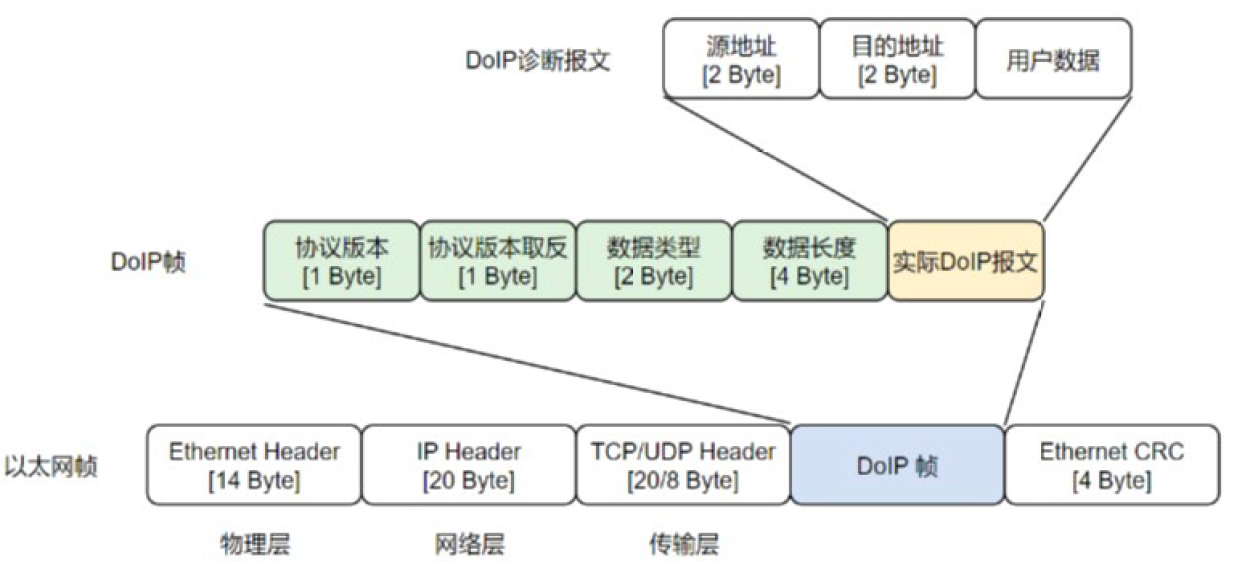
3 Xuanwu Doip flash introduction
3.1 HardWare Connect
Connect the RJ45 port to the computer end and the other end to the ECU. The other end needs to be adapted according to the current port of the ECU. Common ports include RJ45 or OBD.
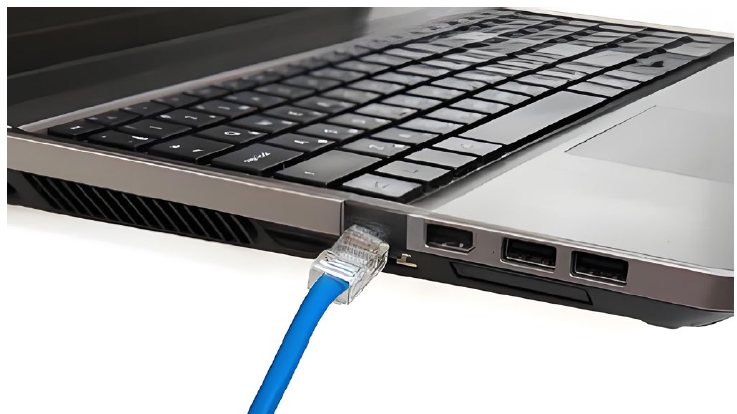
3.2 Flash Config
Set the computer and ECU to be in the same network segment based on the current IP address of the ECU.
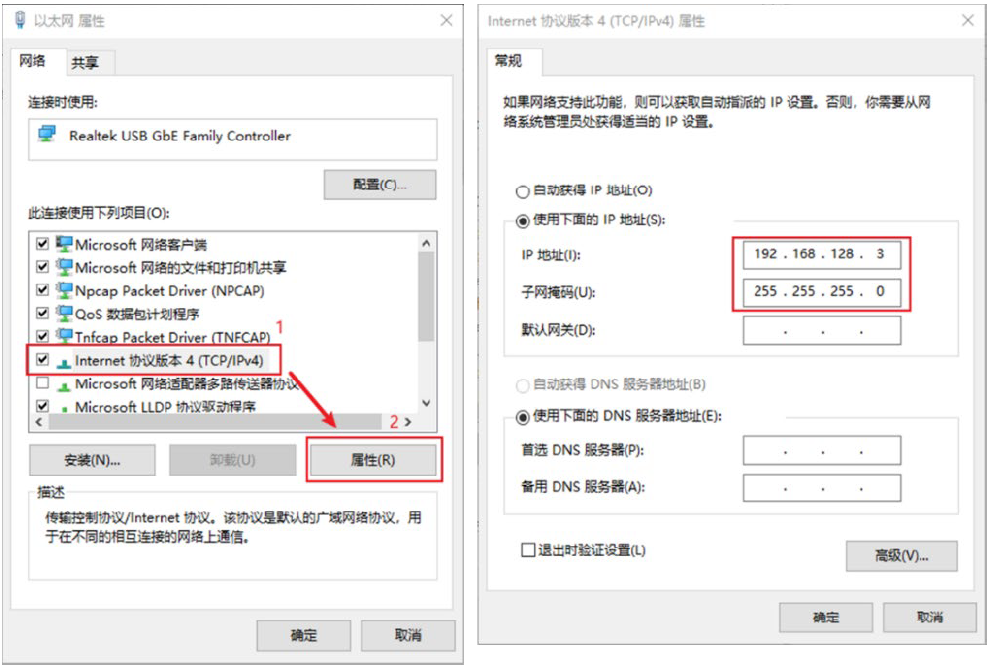
After opening ZC.XuanWu, set the ECU configuration information as needed.
It is also possible to set the heartbeat to maintain the TCP connection between the upper computer and ECU.
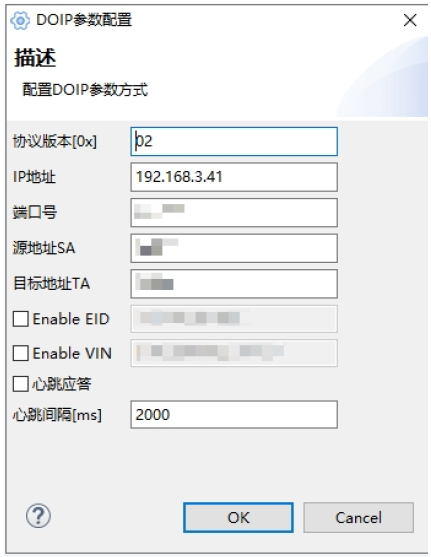
3.3 Connect and Flash
After clicking on the connection, Xuanwu will automatically send commands such as vehicle identification and route activation. Once a successful connection is established with the ECU, flashing can begin.
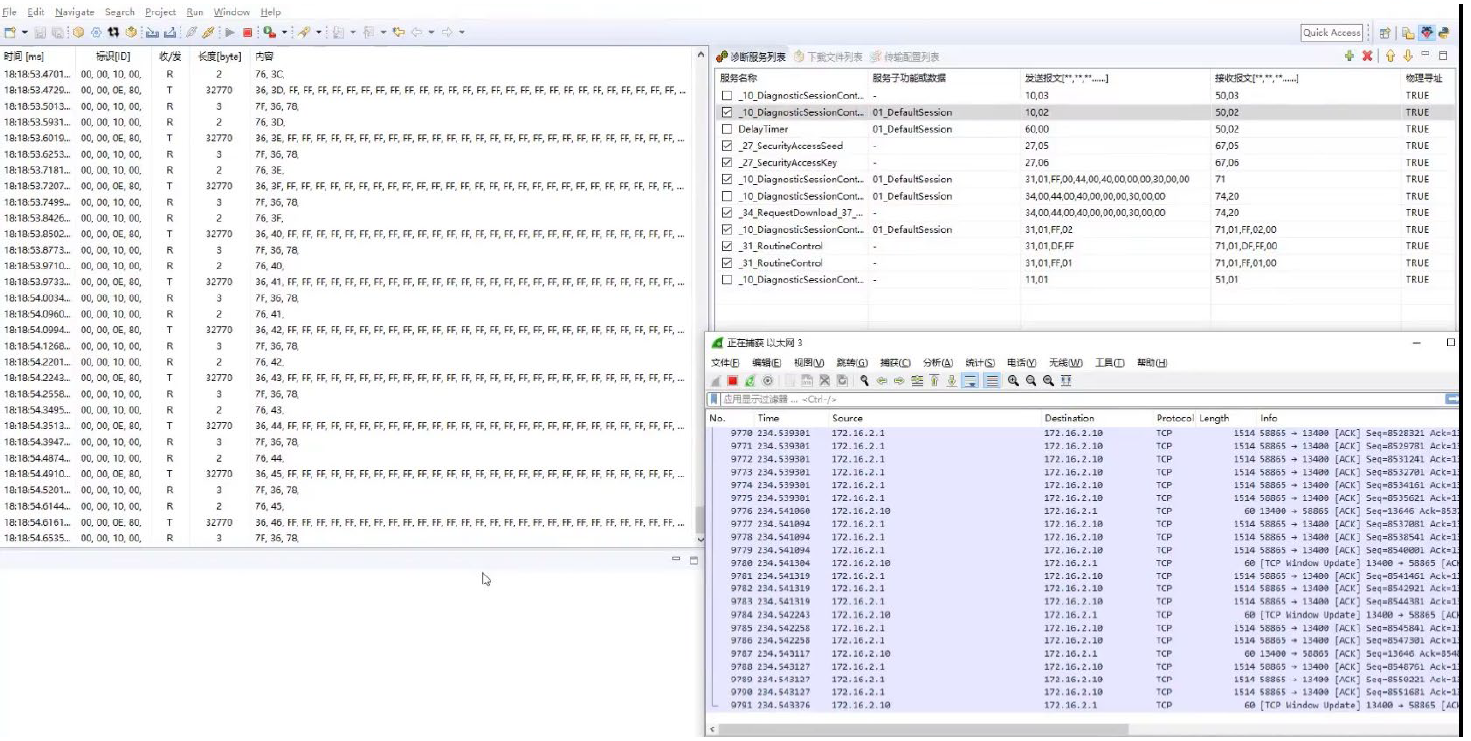
During this period, the WireShark tool can be used to capture and observe the original Ethernet packets.
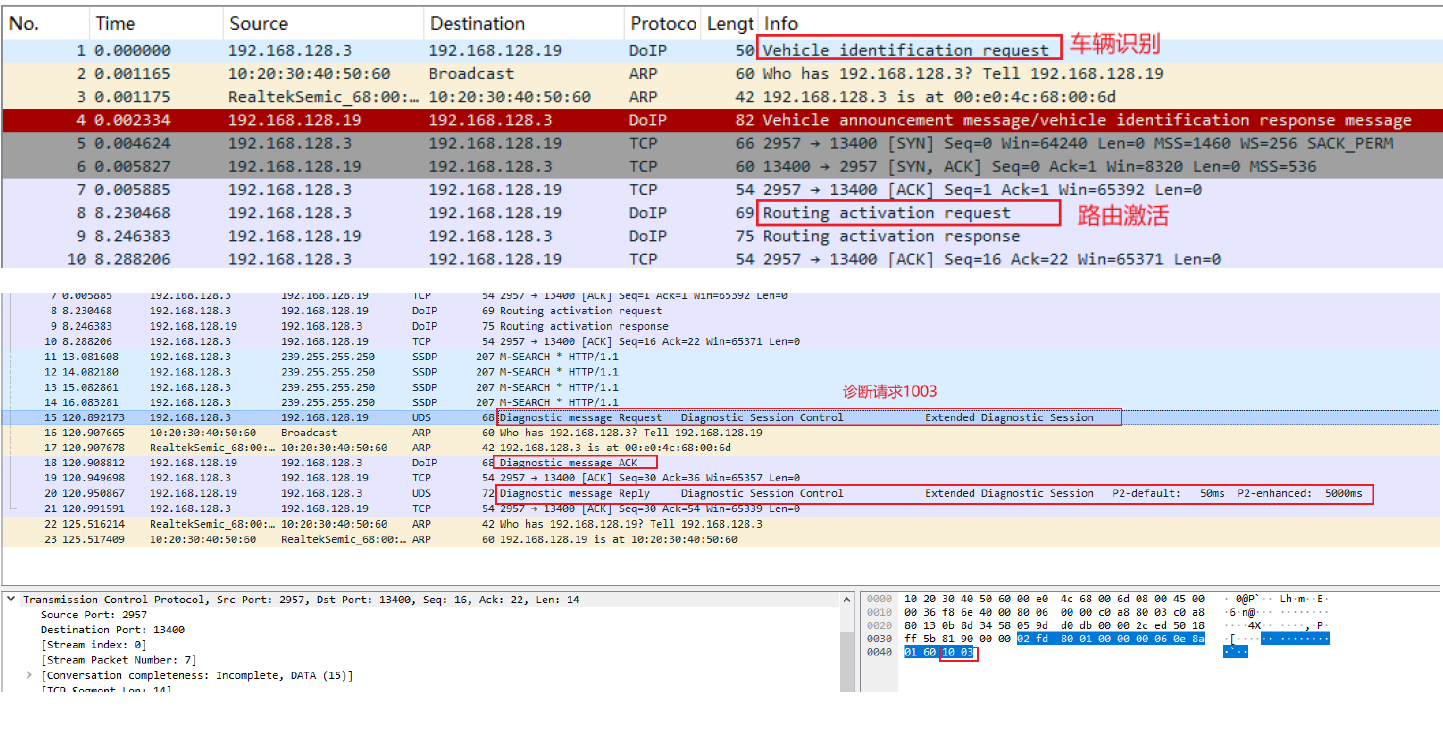
4 CERTIFICATE
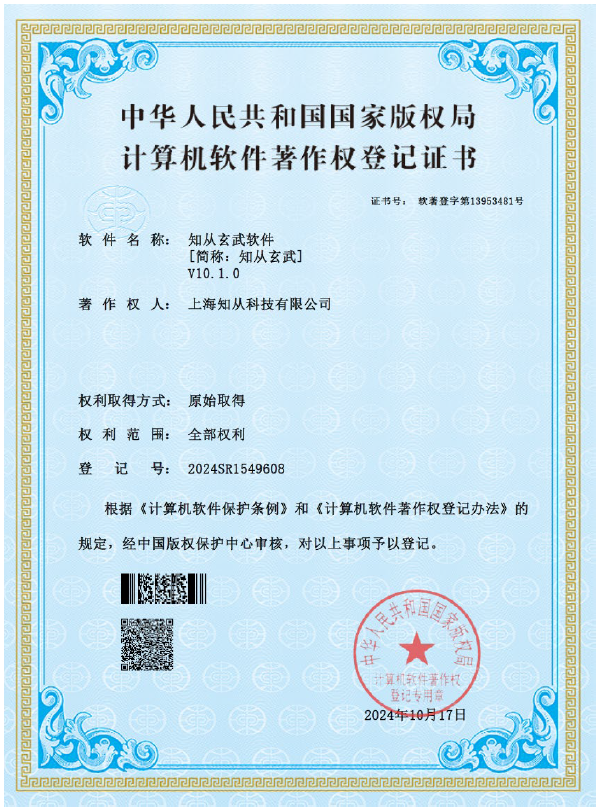
XUANWU SOFTWARE COPYRIGHT REGISTRATION CERTIFICATE